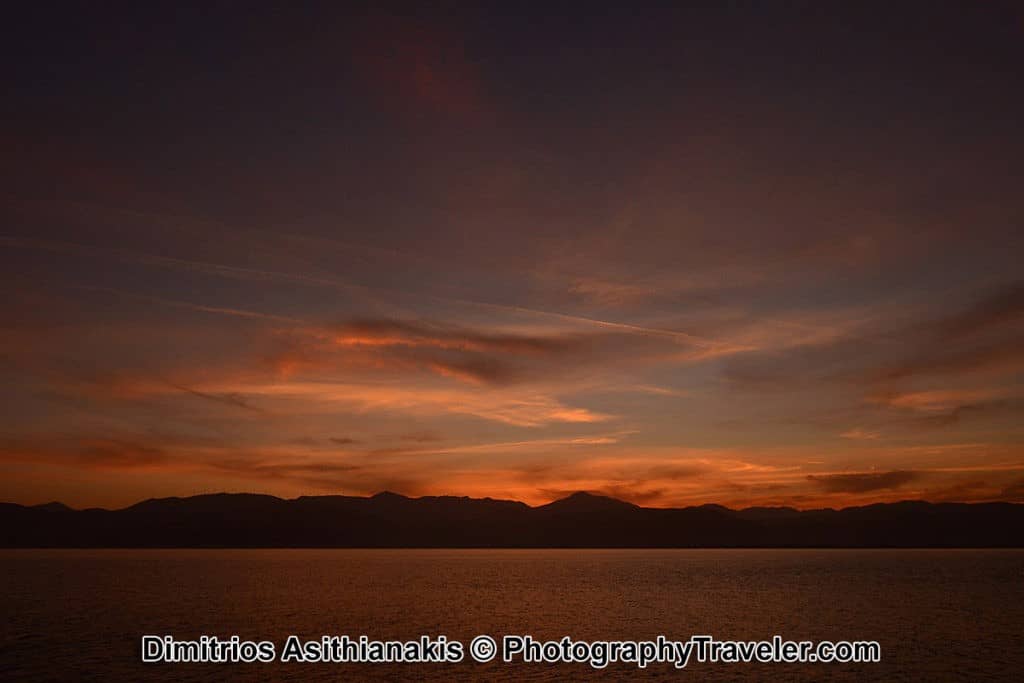White balance setting is often neglected when we shoot sunsets or sunrises. Yet, one of the most popular themes for a photo are sunsets. Since sunsets obviously happen as sun light leaves the stage, it is tricky to take a perfect sunset photo. Here Dimitris explains how to use white balance adjustments for a perfect sunset photo.
White balance settings for warmer colors
Most of times, photographers use the white balance setting in Auto (AUTO WEB). Camera scans the scene and automatically selects the value of the color temperature scale, so the colors can be attributed as natural as possible. However, you may have experienced with AUTO WEB, that cameras can equally give wrong and right results.
When our camera produce the wrong outcome with artificial lighting and colors show warmer than they really are, the solution is easy. We can adjust the white balance in another setting for artificial lighting, incandescent and fluorescent lighting, and colors will look normal again.
Yet, there are cases where we want to keep the warm colors in our photos. The most striking of these are the sunsets and sunrises. In such cases we do want warm colors, while cameras through AUTO WB try to make them more neutral.

Camera manufacturers have encountered such issue, so in many cameras there is a 2nd option when it comes to white balance. This is usually labeled as AUTO WB 2, where our camera sustains the warm colors instead of correcting them. When this adjustment is not enough for our desired outcome then it is time to use other settings, or even better to adjust the Kelvin in the desired temperature, if our camera supports such.

This way to adjust our camera is not only ideal, so to prevent having neutral sunset colors, but it can also help us to get warmer colors from a sunset that doesn’t “provide” such. We mean getting such without further photo processing.
Our first choice is to adjust the white balance setting to “Shade”. Through such, our camera will add warm colors in our photo, since it “thinks” there is too much blue. Another solution is to change Kelvin scale in a manual way. In that case we can get really good results between 8000-10000 K (Kelvin).

All these options in tampering with white balance, provides a wide ground for experimentation, especially in sunsets where we are particularly interested in warm colors. So, we can avoid AUTO WB or add more warm colors if the existing ones are not the ones we like.
This article is a translation of a Greek one, originally written by Dimitris Asithianakis. Dimitris is a professional photographer and a teacher of photography as well, based in Athens, Greece.
